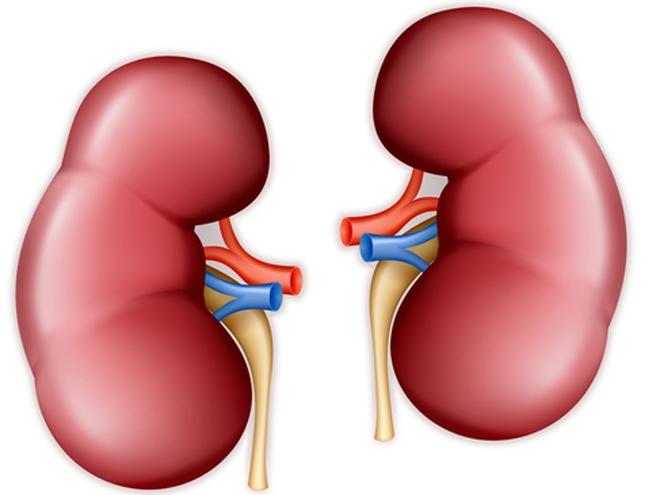
The preferred vascular access types for patients receiving maintenance hemodialysis are arteriovenous fistula (AVF) and arteriovenous graft (AVG). Ali Mirza Onder, MD, and colleagues conducted a retrospective chart review to examine the impact of switching from tunneled cuffed catheters (TCC) to AVF or AVG on markers of hemodialysis efficacy among pediatric hemodialysis patients.
Results of the chart review were reported during a virtual poster session at ASN Kidney Week 2020 in a poster titled Conversion to Arteriovenous Fistula but Not Arteriovenous Graft Is Associated with Improved Hemodialysis Efficacy Markers in Children: Pediatric Nephrology Research Consortium Study.
The retrospective chart reviews were completed on individual patients from 20 pediatric hemodialysis centers. All patients used TCC prior to switching to either AVF or AVG and each patient acted as his/her own control. Data collection on markers of dialysis efficacy occurred at the time of creation of the AVF/AVG and continued for 2 years of follow-up. Data on patient demographics and clinical characteristics were also collected. The analysis included hypothesis testing and statistical modeling following adjustment for relevant demographic variables.
The first permanent vascular access (PVA) was created in 898 pediatric hemodialysis patients; of those 89% (n=87) were AVF and 11% (n=11) were AVG. Mean TCC vintage prior to creation of PVA was 10.4 months. At 1-year follow-up, patients with AVF improved in Kt/V by 0.23 (P=.008) and urea reduction ratio (URR) by 5.4% (P<.001). At the second year of follow-up, both Kt/V and URR remained higher than the values at creation of the AVF (P=.02 and P<.001, respectively).
Patients with AVF access also improved serum albumin values by 0.33 g/dL (P<.001) and serum hematocrit by 2.94% (P<.0001) at the 1-year follow-up measurement; similar improved values were maintained during the second year of follow-up. The observations were supported in adjusted models.
Patients with AVG did not show any significant change in Kt/V, URR, serum albumin, or hematocrit at either the 1-year of the 2-year follow-up measurement.
“Switching to AVF was associated with improved hemodialysis efficacy markers (Kt/V, URR, serum albumin, and hematocrit). Surprisingly, conversion to AVG was not associated with a similar positive impact for the above markers,” the researchers said.
Source: Onder AM, Flynn JT, Anasri MdAY,et al. Conversion to arteriovenous fistula but not arteriovenous graft is associated with improved hemodialysis efficacy markers in children: Pediatric Nephrology Research Consortium study. Abstract of a poster presented at the American Society of Nephrology virtual Kidney Week 2020 (PO1327), October 22, 2020.






 © 2025 Mashup Media, LLC, a Formedics Property. All Rights Reserved.
© 2025 Mashup Media, LLC, a Formedics Property. All Rights Reserved.